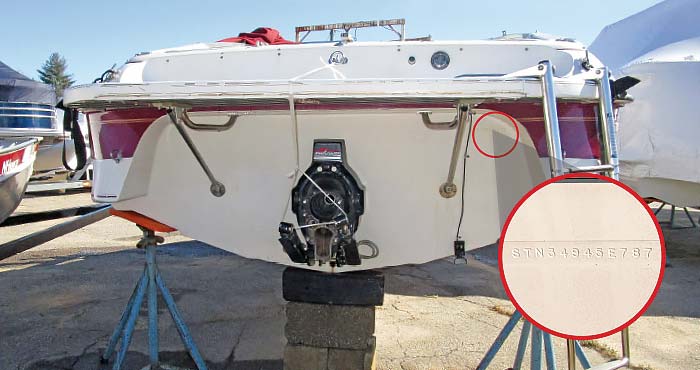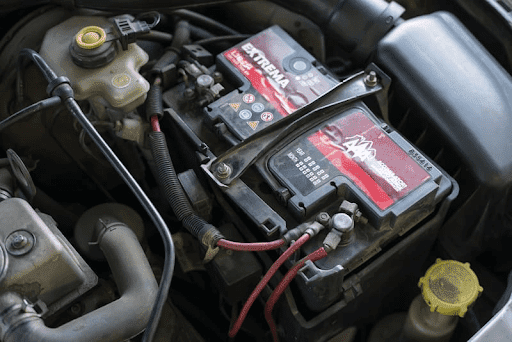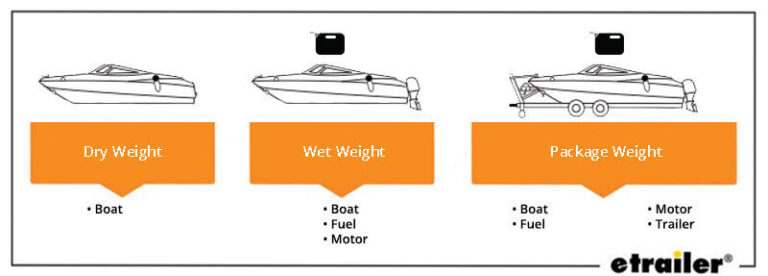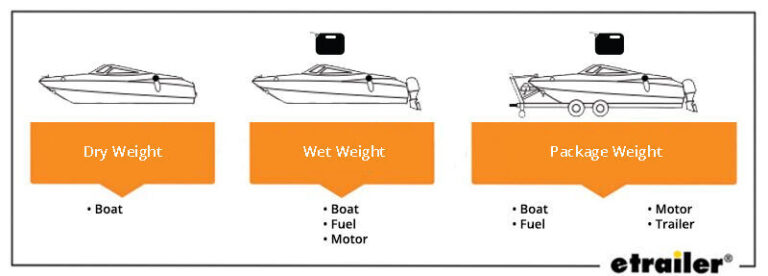What Size Trolling Motor Do I Need
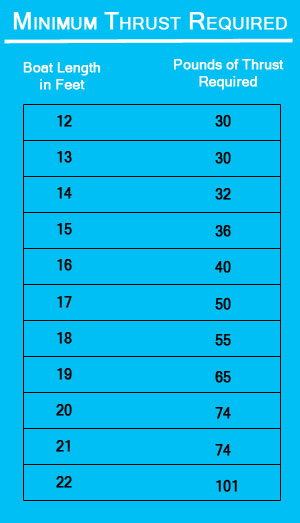
The size of the trolling motor you require depends on your boat’s weight and length. For every 100 pounds of fully loaded boat weight, you’ll need about 2 pounds of thrust.
Selecting the right trolling motor size is crucial for optimal boat performance. A properly sized motor ensures efficient maneuverability and effective battery usage. Anglers and boating enthusiasts often consider factors such as boat size, water conditions, and fishing styles when choosing their ideal trolling motor.
Boat weight is a critical aspect; for instance, a 2,000-pound vessel would generally need at least 40 pounds of thrust. Meanwhile, a significantly smaller craft might perform well with less thrust. Remember that the boat length also influences motor size – longer boats require more power to maintain control. While determining the perfect trolling motor, consider the types of waters you’ll navigate; calm lakes demand less power than swift currents or windy conditions. Prioritizing these factors will help ensure you select a motor that matches your boating needs.
Assessing Your Boat’s Needs
Choosing the right size trolling motor is vital for your boat. Factors such as boat size and weight directly impact your choice. For small boats, a lower thrust motor may suffice. Larger vessels often require greater thrust to move efficiently.
| Boat Length | Minimum Thrust |
|---|---|
| Under 12 feet | 30 lbs |
| 13-16 feet | 40 lbs |
| 17-20 feet | 50 lbs |
| 21-24 feet | 80 lbs |
For types of waterways like calm lakes, less power may work. Rougher conditions demand motors with more thrust. Factor in wind, currents, and waves. Understanding these elements ensures a well-equipped boat for your adventures.
Credit: minnkota-help.johnsonoutdoors.com
Trolling Motor Thrust Requirements
Determining the right size trolling motor for your boat is crucial. Thrust-to-weight ratios are essential to understand. For every 100 pounds of boat weight, you need 2 pounds of thrust.
To calculate the adequate thrust for your vessel, first find your boat’s full weight. Don’t forget to add the weight of gear and passengers. Next, divide this total weight by 100. Now, multiply the result by 2 to get the minimum thrust needed in pounds.
Electric Vs. Gas-powered Trolling Motors
Electric trolling motors are known for their silent operation, making them perfect for fishing as they don’t scare away the fish. These motors are also environmentally friendly as they emit no pollutants. They offer variable speed options for precise control over the boat. Despite these advantages, electric motors may require frequent battery recharges and are not ideal for long trips due to their limited range.
Gas-powered trolling motors, on the other hand, stand out with their long-range capabilities and non-reliance on battery power. They are suited for extended trips and often provide higher thrust options. The drawbacks? These motors are louder and release exhaust fumes, which isn’t great for the environment.
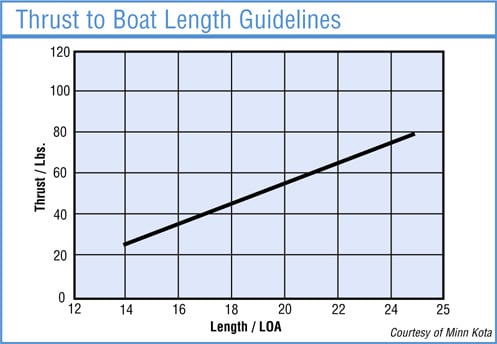
Credit: www.westmarine.com
Mounting Positions And Their Impact
Choosing a trolling motor needs careful thought on mounting positions. Bow mounting offers precise control in the water. It’s ideal for angling and operates on a foot or hand control. Complex movements are easier with a bow-mounted motor.
A transom mount fits well for small boats. It’s easier to install and often more affordable. Anglers prefer it for its simple control mechanism. Maneuverability can be less exact compared to bow mounts. Yet, it provides sufficient control for casual fishing trips.
Both positions have their own benefits. Decide based on your boat size and fishing needs. Look for a balance between control and maneuverability. Your choice will affect your boat’s performance.
Battery Life And Power Management
Estimating the battery requirements for a trolling motor is crucial. Start by checking the motor’s amp draw and voltage. Then, think about how long you’ll use the motor on the water. A simple equation helps: Amp hours (Ah) = Motor’s amp draw x Expected hours of use. Choose a battery with more Ah than your calculations to be safe.
To extend the trolling motor battery life, regular maintenance is key. Ensure connections are tight and corrosion-free. Always recharge after use. Also, use a high-quality smart charger for efficient charging. Slow speeds conserve energy, so go slow when you can. Lastly, a solar panel can add some charge while you’re on the water.
Credit: minnkota-help.johnsonoutdoors.com
Additional Features To Consider
Control Type: Your choice can impact maneuverability and convenience. A foot pedal allows hands-free operation, letting you focus on fishing. A hand tiller offers direct and straightforward motor control, often preferred for its simplicity.
GPS and Autopilot Capabilities: Modern trolling motors come with impressive tech features. GPS-enabled motors offer waypoint navigation and anchor functions. The autopilot feature keeps you on a straight course, freeing you to concentrate on catching fish.
Frequently Asked Questions For What Size Trolling Motor Do I Need
How Do I Know What Size Trolling Motor I Need?
To determine the ideal trolling motor size, consider your boat’s weight and length. Generally, you need 2 pounds of thrust for every 100 pounds of fully loaded boat weight.
How Fast Will A 55lb Trolling Motor Go?
A 55lb trolling motor typically propels a boat at speeds up to 5 mph, depending on water conditions and boat weight.
What Size Boat Will A 55lb Trolling Motor Fit?
A 55lb trolling motor is suitable for small to medium-sized boats, typically up to 16 feet in length.
What Size Trolling Motor Do I Need For A 14ft Aluminum Boat?
For a 14ft aluminum boat, a trolling motor with 30 to 40 pounds of thrust is typically sufficient for calm waters. Opt for a higher thrust if you frequently encounter rough conditions or strong currents.
Conclusion
Selecting the right size trolling motor can elevate your boating and fishing experience. Remember to consider your boat’s weight, length, and typical fishing conditions. A properly sized motor ensures efficient performance and battery longevity. So, take the time to assess your needs and choose wisely for a smooth sailing adventure.

